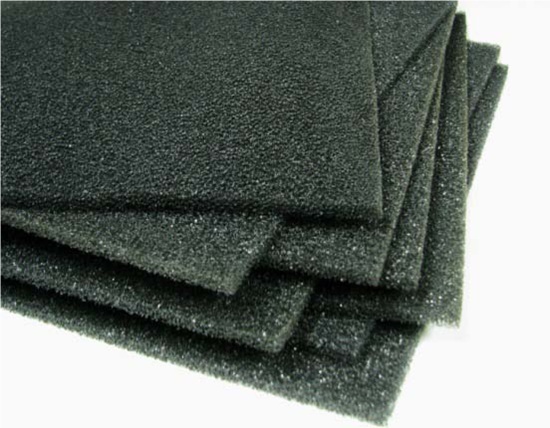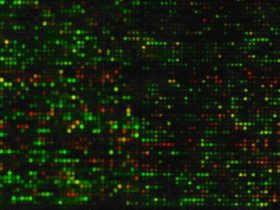RF or microwave absorber is used to block unwanted radiation from interfering with any system’s operation. These materials are a type of coating that reflect or absorb microwave energy. These coatings can be used on the outside of the system to reduce the transmission or reflection levels. However, using microwave absorber inside a system to handle oscillation problems generated by cavity resonance is also becoming quite popular. These materials can be molded into many forms and come with different attributes. To reduce the interference or crosstalk between circuits, these absorbers can be an efficient tool. Here are the different types and forms of absorbers you should know about.
Reflectivity Absorbers
These absorbers are divided in two different types such as Narrowband absorbers and Broadband absorbers:
Narrowband : When a transmitted wave comes in contact with the absorber and spreads through its back, it returns to its front areas after going through total reflection process. Now, if the wave that is reflected from the back of the absorber shows equality in magnitude with the wave that is reflected from the front of the absorber, then they both will be canceled without any total reflection in place. However, existence of this situation depends on the material having ¼ wavelength thickness. Plus, the wave has to be within 180 degrees transit distance from the material. The Salisbury screen is one of the earliest narrowband absorbers.
Broadband : To get broadband reflectivity benefits, you can use multiple layers stacked together to get a 377 ohm input impedance to block out a wide array of frequency levels. If you are familiar with a quarter wave transformer, you will find similarity between these two types of designs.
Other than the multi-layered broadband absorber, you can go for an impedance gradient.This design comes with a front face close to 377 ohms, which gradually reduces until it has a back face with zero ohms. The most common type of design resembles a pyramid, which is also the best performing kind. It guarantees excellent reflectivity and is frequently used in anechoic chambers.
There is another type of impedance gradient that utilizes a parameter gradient. In it, although the material is a flat sheet, the electrical parameters within the sheet changes with a change in the absorber’s depth. This design could offer a reflectivity performance better than –20 dB over wide bands.
Enclosed Space Absorbers
The efficiency and capability levels of microwave absorbers are different in open and enclosed spaces. In the enclosed space, the absorbers have to deal with only standing waves that have the E field and the H field 90 degrees out of phase with each other. Plus, unlike the free space absorbers, enclosed area microwave absorbers do not have to care about material thickness. While working in a system cavity, the absorber has to work like a dampener, attracting and absorbing energy.
Now that we have covered the types of microwave absorbers, let us move on to its various forms.
Different Forms of Microwave Absorbers:
Magnetic Absorbers : These absorbers use ferromagnetic attributes to offer high permeability and magnetic loss in operation. These absorbers can be used to block cavity resonance effectively. These types of products can be urethane, neoprene, silicone, and nitrile based. Apart from being flexible, these products can be made in rigid forms according to requirement.
Dielectric Absorbers : These absorbers are made from low cost foam, but can play well with elastomers. Its features include low cost and lightweight design. As these products do not have any magnetic properties, they are not good options for blocking cavity resonance.
Armed with the details on types and forms of microwave absorber, you can make the right selection to protect your expensive or sensitive systems from interference. However, we recommend contacting an expert before making any decision.

























